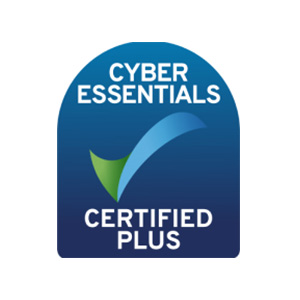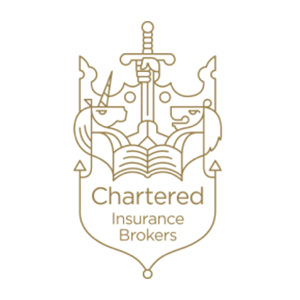Recent data suggests that lithium battery fires involving e-scooters and e-bikes are increasing year on year. London Fire Brigade alone reported 155 e-bike and 28 e-scooter fires in the capital in 2023. Sadly, these incidents have involved a number of fatalities and serious injuries, and fire services suggest that the risk is highest whilst the batteries are on charge.
Preventative measures therefore need to be taken and it is recommended that when charging batteries/devices, the following aspects be considered:
- Where possible charging should take place within a separate dedicated charging room/area, ideally located outside and away from the main premises
- Dedicated charging areas to be provided with automatic fire detection
- Only use manufacturers approved chargers and follow their instructions
- Do not cover devices or chargers whilst on charge as this could contribute towards overheating
- Always unplug chargers when not in use
- For commercial premises, charging should be undertaken when the premises are occupied
- Where relevant a fire risk assessment to be carried out by a competent person, who should consider additional issues such as the location of gas intake pipes
- Within residential areas, it is anticipated that charging will mainly occur overnight. It is therefore suggested that hard-wired timers are used to limit durations to 4 hours
- There should be no flammable or combustible materials present within the charging area and within 5 metres of equipment/chargers
- Do not overcharge batteries, ideally they should be kept between 10% to 80% charged
- Wet batteries/equipment to be left to dry off. They should be dry and at room temperature before being charged
- Charging should not be undertaken at temperatures below 0◦C
- Extension leads should not be used to charge, plug directly into a mains socket
- Charger transformers to be placed on a non-combustible surface when in use
- Provide clear notices at charging points that indicate which devices can be charged
- Ensure devices on charge do not block emergency exits. In the event of a fire, this could impact the ability to exit the building quickly and safely
- Provide fire extinguishers (CO² and/or dry powder) to aide egress. Please note that they will not extinguish battery thermal runaway
- Provide RCD (residual-current device) protection for chargers
Government guidance on managing battery fire risks for premises is available here.
Further guidance on fire risk management and other related subject matters are available from your usual contact at Griffiths & Armour, and is available via RMworks, Griffiths & Armour’s online risk management portal available to all clients.
For further information on how Griffiths & Armour can help support your organisation, please get in touch.










